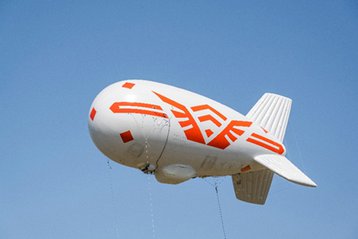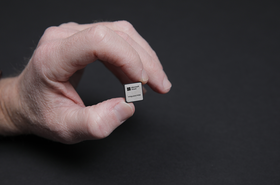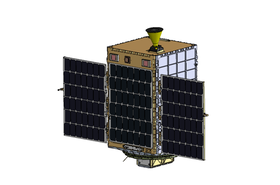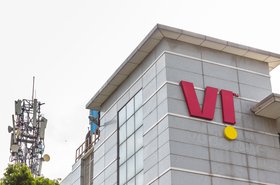SoftBank has successfully trialed using a blimp as a floating cell-tower base station, using an antenna developed for high altitude platforms.
SoftBank Corp. this week announced that it developed a high-altitude autonomous tethered balloon base station system with US-based, SoftBank Group Corp. investee Altaeros Energies, Inc. that achieved stable and wide-area network coverage at a field trial conducted at Hokkaido Spaceport in Hokkaido, Japan, in May 2022.
Altaeros' autonomous tethered balloon (aerostat) and SoftBank's base station system was equipped with SoftBank's proprietary cylindrical antenna, a multi-element phased array antenna developed by SoftBank and its subsidiary HAPSMobile Inc. to reduce handovers as platforms move.
During the field trial, the ST-Flex system was tethered at an altitude of 249m. Under good line-of-sight, wide-area network coverage of a few tens of kilometers was successfully verified with no handovers for mobile devices and signal reception levels were unchanged despite the platform’s movement in the wind.
Altaeros’ helium-filled SuperTower platform can carry a payload of 660lb (300kg) and power 1kW of equipment. It can operate in winds up to 63 mph (100 kmph), at a height of 1,000 ft (305 m). The ST-Flex system can lift 60kg (130 lb). Altaeros partners with World Mobile for a balloon-based network in Zanzibar.
SoftBank has invested in a number of non-terrestrial communications in recent years. As well as investing in Altaeros, the company has previously invested in OneWeb, Skylo, and Google’s now-defunct project Loon – from which it acquired a number of patents – as well as owning fixed-wing High Altitude Pseudo-Satellite company HAPSMobile. It first announced its non-terrestrial network (NTN) solutions offering in June 2021.
A number of companies, especially telcos, are looking at using tethered drones or airships – also known as aerostats or blimps – to provide temporary Internet connectivity in events such as natural disasters or more continuous coverage in remote areas where towers aren't cost-effective.
In 2018, KT Corp revealed its 5G Emergency Rescue Platform known as Skyship. A ground station would beam 5G to the skyship, which would then broadcast signals to nearby drones and robots. It's unclear if this project ever actually got off the ground, however.
In the UK, BT’s EE has previously tested a tethered drone and balloon concept known as ‘air masts’ for use as temporary coverage masts. The company used balloon technology from a company known as Helikite in 2017 for a Red Bull cycling event in Wales.
Last year, FirstNet One deployed an LTE blimp for the first time in the aftermath of Hurricane Laura to support AT&T’s response effort in Louisiana, while AT&T recently revealed a 5G network project using drones known as Flying COWS to provide coverage.








